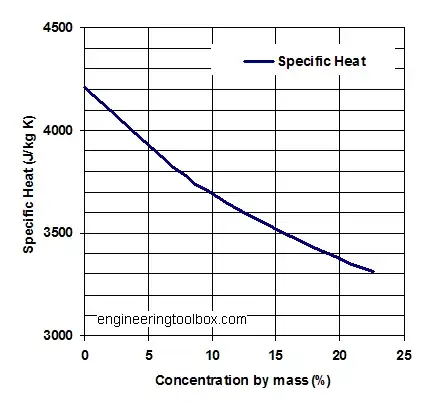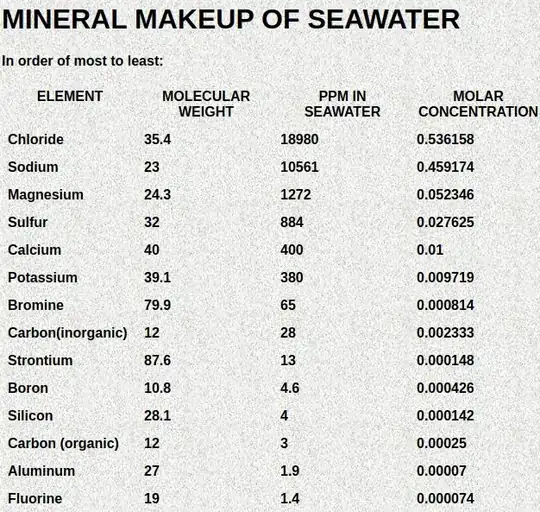Am trying to build a floating town with a starting resident population of about 3000 inhabitants.
The setting:
Around the end of the XXII century.
The town 'Pioneering Pinnacle' is floating in the Northern Atlantic, off the coast of Maine / Terranova. (I would avoid it going further to the North as I know that the area towards Greenland has some fierce waters).
The town is capable of propulsion at low speeds.
Technology has evolved steadily. Most notably energy is available in large amounts at a low cost (but not free, imagine around 10% of today lower costs).
The town is built by a large corporation. They have large means but must have a profit at the end of it.
The nexus size is about 200x200 meters. Average height 30 meters (partially submerged). Weight around 200k tons. Made mainly with composite materials and steel.
The plan is to keep on expanding it as it is attracting a lot of potential customers to open their facilities there (the owning corporation would gain rent fees). Expansion would mean adding connected floats and build upon them. Connections would be done with high stress resistant composite materials.
What to use as construction material without raising costs too much? A young executive has suggested Brine. Because it is right there and needs to be disposed of.
The 3000 (and growing) residents need to use freshwater. For personal use, production processes, food growth and processing, etc. The town is mainly focused on research (due to it's peculiar status outside jurisdiction) not industrial production.
Our current needs are estimated at 3500 liters per person per day on Earth XXI century (western world). But that includes food production (the largest part). The town heavily relies on importing food. Food production on board is more intended for delicacies or food that may easily spoil during transportation. Or cost too much to be safely transported. My estimate is then a need of about 1000 liters of freshwater per day.
A part of it would come from collecting rain but the larger part is from desalination of water.
Given their more advanced methods (an advanced Multi-stage flash distillation preferred because of the avaliability of cheap energy) for each liter of water about 1 kg of brine is produced.
That means a production of 3 Mkg (3k tons) of brine per day. If only it could be used as construction material...
The question is: Can brine, used together with other components, be realistically used for construction?
Consider that it should stay for prolonged times (at least 20 years) in the North Atlantic environment.
It is ok if it is not strong enough to make a hull. It may be used for internal construction (although salt water would occasionally splash on it anyway). The hull / main frame may be done with stronger materials.
The additonal component(s) of the mix should be a smaller percentage, to avoid having to bring too much material to the town.
Periodic maintenance is fine.
In case you need further details on the technology available in this setting:
see the Update at the end of the question.
Although I don't think it is strictly related to this question.



